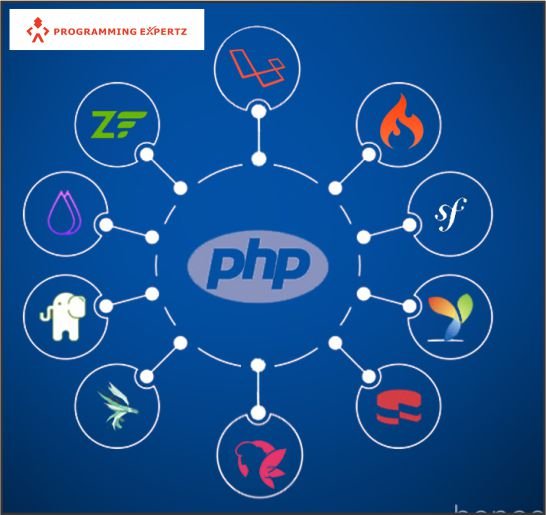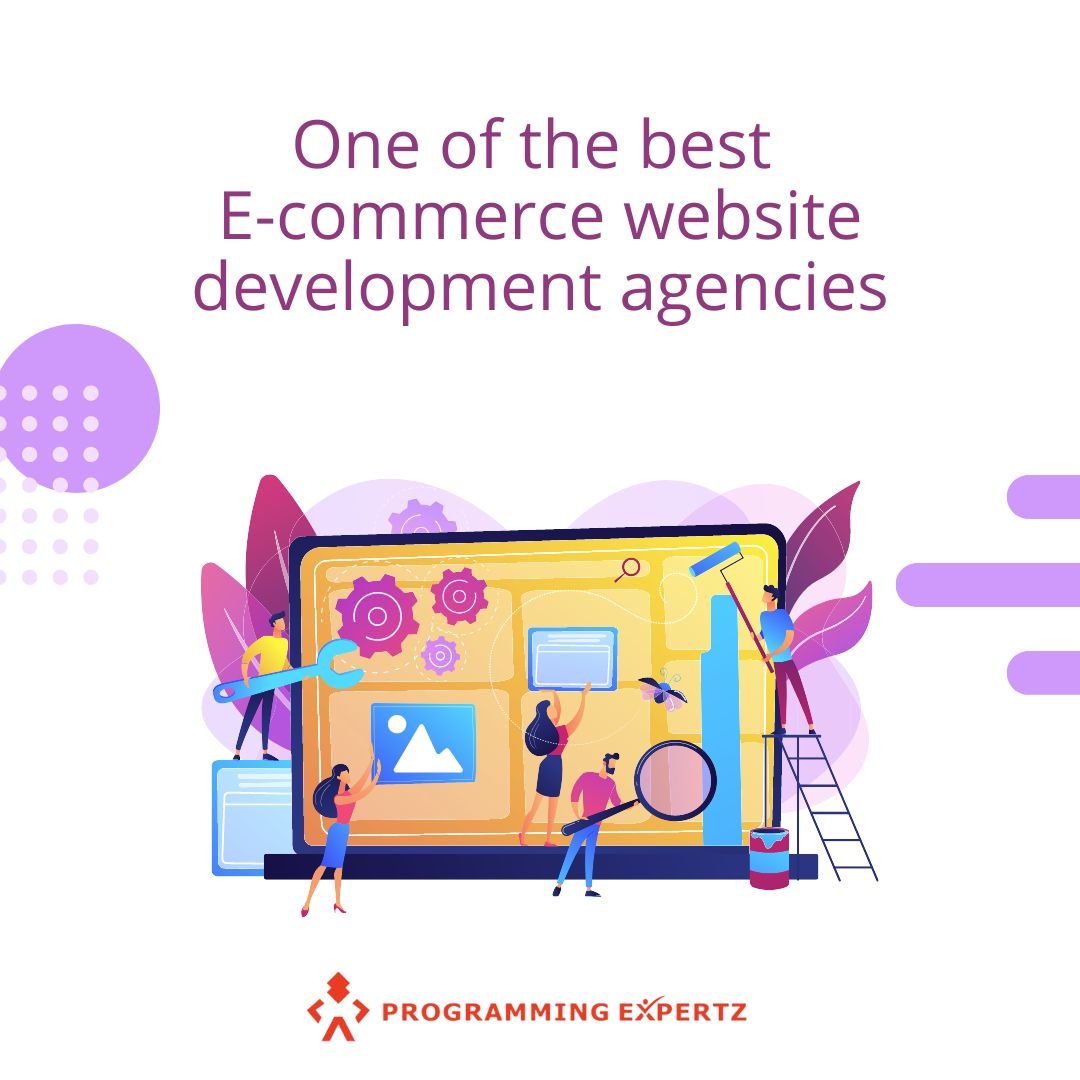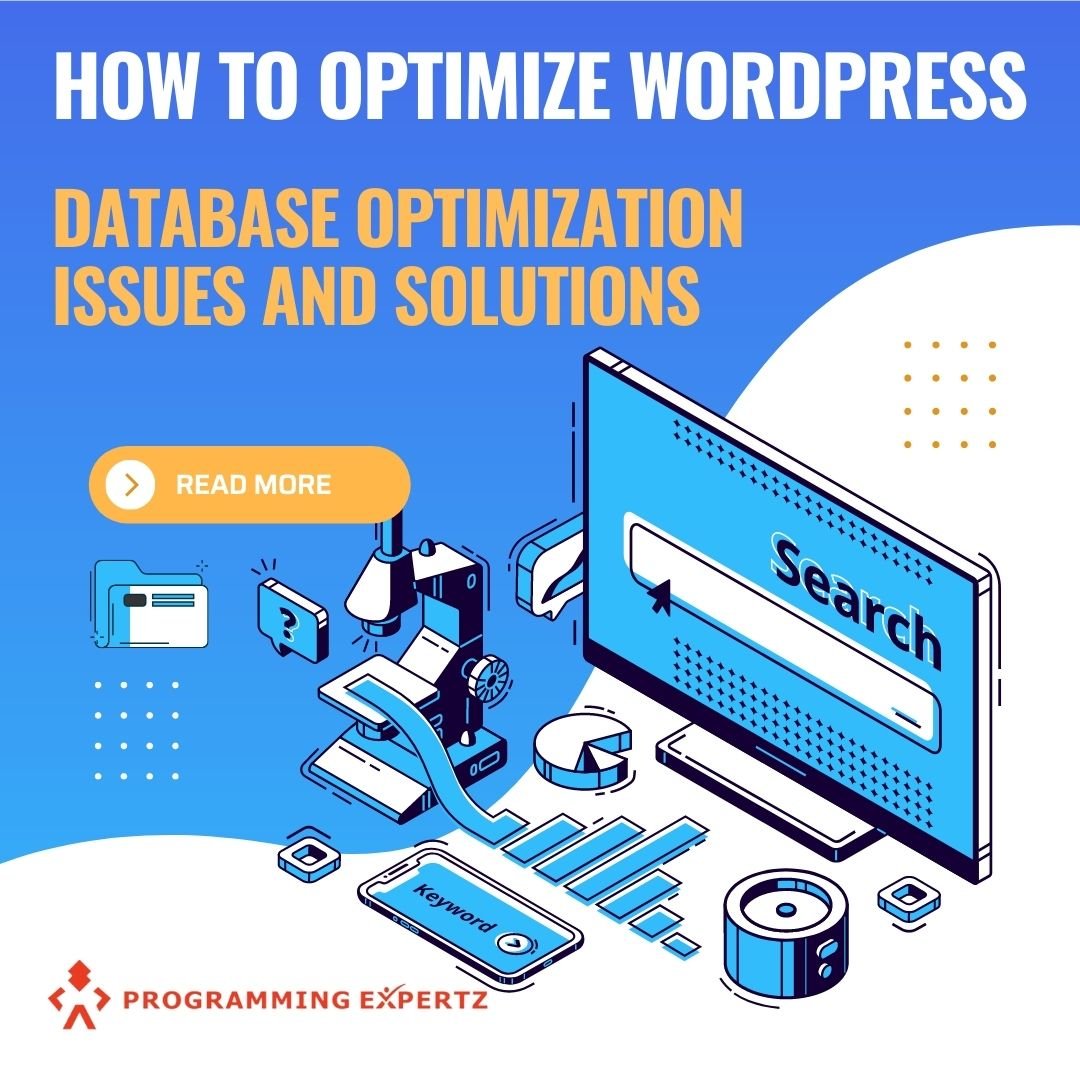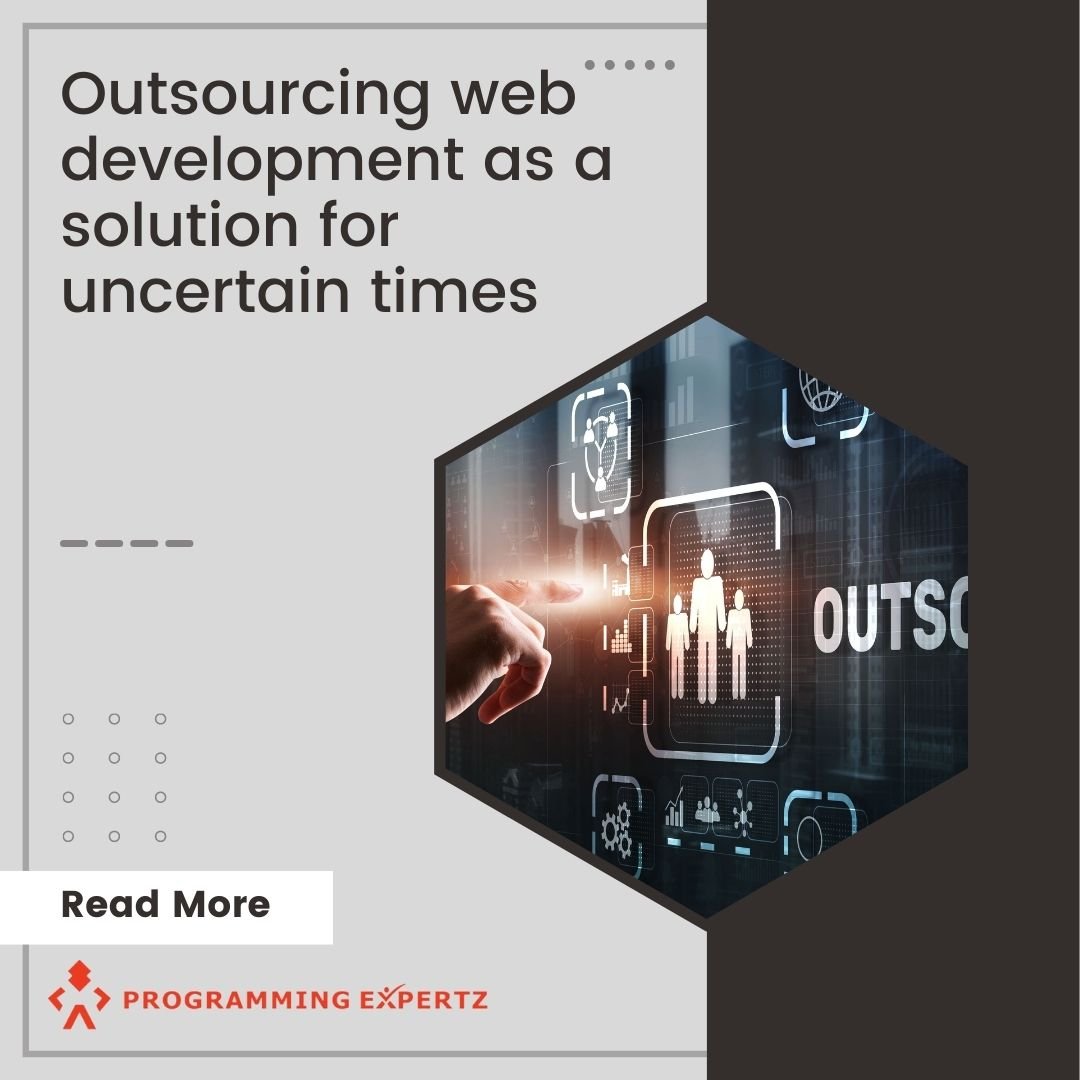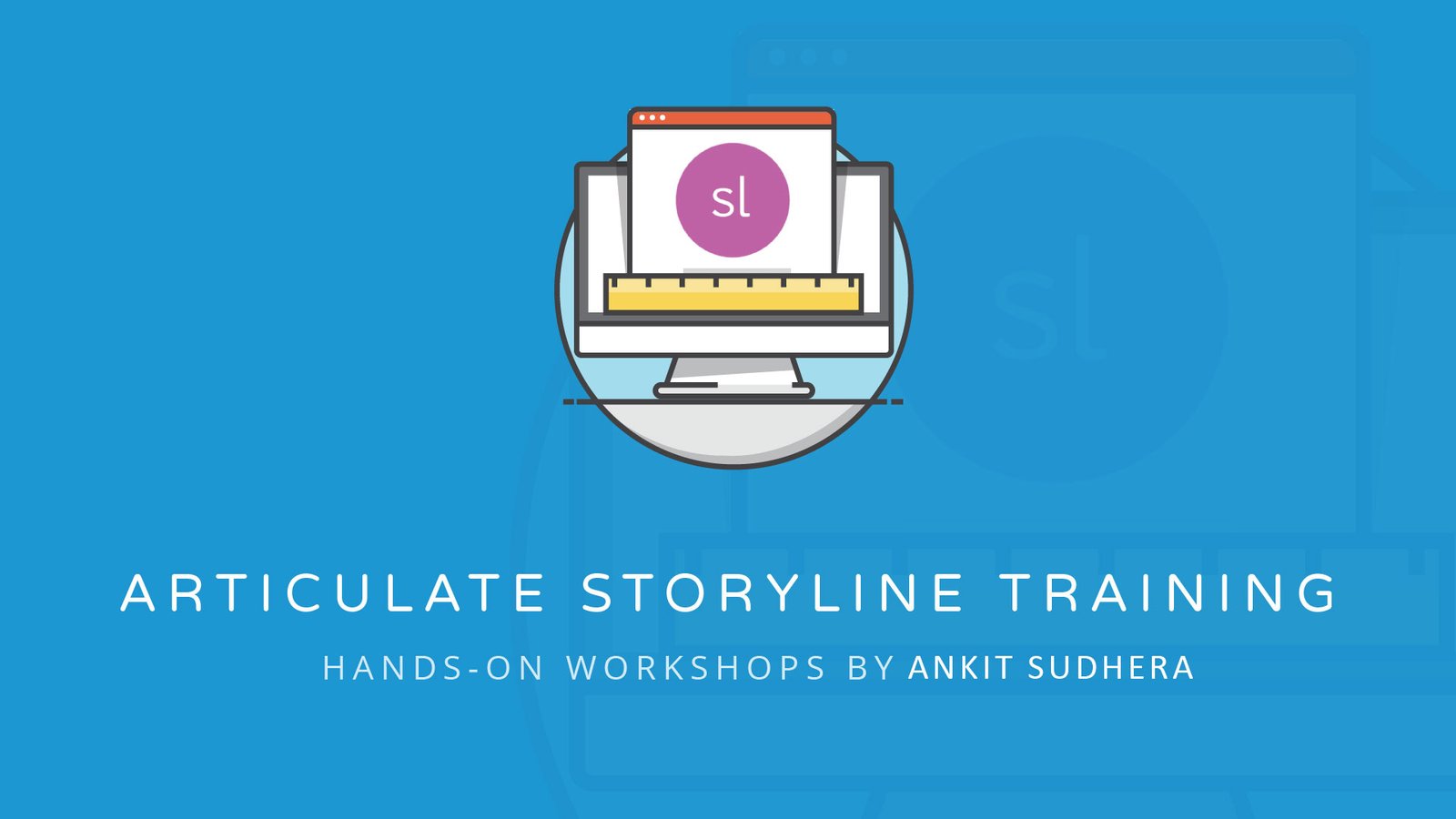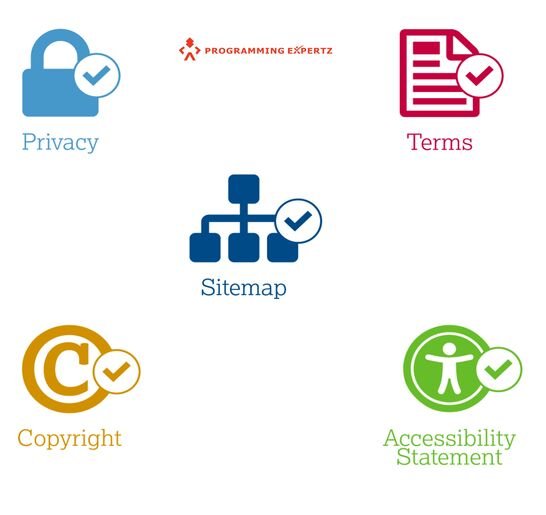PHP frameworks give programmers a starting point for creating PHP-based software. Because various frameworks are better suited to specific tasks, determine which PHP framework to use. Even though PHP is not as well-known as JavaScript or Python, it is widely used. PHP is used on the server-side by almost 80% of all websites. And in the market, PHP outperforms Java and Ruby.
While it is undeniable that PHP is used by many websites and for a good cause, this should pique your interest even more. While using PHP is a reasonable option, which PHP framework is the best?
What Is a PHP Framework, and Why Do You Need One?
- Frameworks are extensions of the supporting structure for creating generic software applications in programming.
- They speed up the software development process by integrating a program’s basic features into your app before writing.
- PHP frameworks, of course, are no exception. The PHP programming language is used to create PHP frameworks.
- Using a PHP framework reduces the amount of code you have to write in general and reduces the number of questions about where to begin your project. In comparison to building your apps from scratch, there is also risk minimization.
- PHP is a well-known web development back-end technology. As a result, the majority of PHP frameworks assist software engineers in the development of online applications.
WHAT ARE THE BENEFITS OF USING A PHP FRAMEWORK?
First and foremost, you should understand why you want to utilize PHP in the first place. To recap, PHP is a multi-purpose scripting language that excels in web development.
PHP is a versatile scripting language that excels in web development.
PHP stands for Hypertext Preprocessor, which is a recursive acronym. You might notice (or not) that the word ‘Hypertext’ is also used in the longer phrase ‘Hypertext Markup Language,’ or simple HTML.
HTML is a standard web technology that allows developers to arrange and organize text-based information on web pages. Given Adobe Flash Player’s long-awaited retirement, the latest version of HTML can now also structure media assets like photographs and movies. Because of its distinct characteristics, PHP has acquired the moniker PHP. PHP, in other words, can be directly incorporated into HTML.
Unlike other online scripting languages such as JavaScript, PHP code runs on the server, creating HTML and sending it to the client. PHP, as a result, causes web apps and websites that use the language to be more responsive. The more significant point is that if you’ve already started utilizing PHP to improve your web development projects, you should employ PHP frameworks to speed things up.
PHP Frameworks in the Top Ten
It should be simple enough to decide to choose PHP for web development. There is no doubt that PHP is an excellent asset to any web development project, given the sheer number of websites that use it worldwide.
However, this doesn’t indicate anything about which PHP framework will work best for your project. Ten PHP frameworks are listed below.
1. Laravel
One of the most well-known PHP frameworks is Laravel. In 2011, the book was made public.
- Laravel is a young framework with a lot of functionality.
- Elegant syntax, scaling proclivity, and a design supporting progressive growth are just a few of these characteristics. In addition, Laravel has a vast and supportive community.
- Laravel is thought to be expressive by most developers. This means there is little boilerplate (repeated) code, and it is straightforward to understand.
- Laravel, on the other hand, is capable of constructing complex apps. Its more technical capabilities, such as a template engine, routing, security, and authentication, aid achieve this goal.
2. Laminas
Zend is a ‘glue’ framework developed by the Laminas Project. This basically signifies that the framework is built on a component-based architecture. Even though Laminas Project follows the standard model-view-controller (MVC) software paradigm, the framework includes enterprise-ready PHP components such as dependency injection, event dispatchers, input validation, filtering, pagination, and more.
- Components and MVC, Mezzio, and API tools are the three aspects of the framework.
- Mezzo enables PHP middleware development. Middleware can connect hardware and software by definition.
- Self-explanatory API tools are ideal. These aid in the creation of RESTful APIs for developers.
3 CodeIgniter
It is a third-party application that allows you to create code from
Another well-known PHP framework is CodeIgniter. It takes pride in being straightforward. You can use CodeIgniter’s speed and flexibility with trim configuration while leaving a small footprint.
While using an MVC software architecture is an option with CodeIgniter, it isn’t mandatory, which increases the framework’s versatility. Quality error handling and easy-to-read documentation are also included in the framework.
4 Slim
Micro frameworks (or microframeworks) are a full-stack framework’s alternative. Only a limited set of features are supported.
- Although this may appear to be a negative, a micro framework such as Slim can simplify things.
- In practice, getting started on a web development project does not have to be complicated. And, if and when necessary, professional developers can add additional capabilities.
- URL routing, session and cookie encryption, and client-side HTTP are just a few of Slim’s features.
- RESTful APIs and web services are built with slim by PHP developers.
5 Symfony
- Symfony includes a variety of reusable PHP components and modules in addition to the framework.
- Reusable components save time in the coding process by reducing repetition.
- The Spring Framework, a Java micro framework, was the inspiration for Symfony at first. On the other hand, Symfony is very similar to Lavarel, albeit more challenging to learn.
- Symfony’s database support, modular component structure, and debugging toolbar tempt PHP developers to use it to create web apps, APIs, microservices, and web services.
6 Phalcon
The terms “PHP” and “falcon” are honored by Phalcon. The goal of the whole stack framework was to present a non-traditional approach to web application development.
- Low-level architecture, code compilation, memory management, security measures, and the absence of file reads are some of Phalcon’s most notable characteristics, all of which contribute to better efficiency.
- Phalcon was created in C and is a C-extension, which is an interesting tidbit about the framework. Phalcon, on the other hand, is a PHP framework that does not require C.
7 FuelPHP
FuelPHP is a PHP framework that uses a hierarchical version of MVC to ‘widget zed content structures. It’s fast, simple, and adaptable.
- Increased modularity and extensibility and improved code structure and reusability are among the advantages of this unique architecture.
- Cross-site request forgery (CSRF) prevention, output encoding, and input filtering are just a few of the tools in FuelPHP’s security arsenal. Cross-site scripting and universal resource identifiers (URIs) (XSS).
8 PHPixie
- PHPixie uses a model-view-controller (MVC) architecture similar to FuelPHP.
- PHPixie is made up of self-contained components that can be used within the framework. PHPixie components ensure modularity and dependencies are kept to a bare minimum.
- The framework, among other things, offers simplicity of use, excellent performance, and low coupling.
9 CakePHP
CakePHP is a PHP framework based on Ruby on Rails that allows for rapid development.
- The framework is easy to install and use because it requires minimal configuration.
- One of the many well-known software engineering concepts that drive the framework is ‘convention over configuration’ (COC).
- CakePHP provides many libraries with essential components that can help with the implementation of this notion. Encryption, password hashing, and CSRF protection are among the many security features included in the framework.
10 Yii
For novices to PHP, Yii is a solid choice. Yii’s documentation is pleasantly thorough, and you can learn more about working with databases and MVC principles, for example, in addition to learning how to construct an app.
‘Simple and evolutionary,’ says Yii in Chinese. Error handling, unit and functionality testing, security measures like CSRF and XSS, and a layered caching system are some of Yii’s features, in addition to its MVC design.
What Is the Best PHP Framework to Use?
It’s challenging to pick the best PHP framework. When you look over the frameworks listed above, you’ll realize that they all provide many benefits.
- Large and complicated applications are well-suited to frameworks like Phalcon and Laravel, for example.
- Frameworks like Symfony and Slim, on the other hand, are best for small businesses, though they can also scale.
- Many of these frameworks are as strong as CodeIgniter, yet it requires trim configuration.
- When comparing frameworks, there are obviously a plethora of options. Seek advice from qualified software developers.
Conclusion
Although using PHP as part of your back-end web development structure is not required, it is worth considering given the language’s popularity. However, after you’ve decided to utilize PHP, which PHP framework is most suited to your needs?
Almost any PHP framework can provide you with the language’s public benefits, mainly flexibility and efficiency. As a result, specificity and research become critical factors in making this decision.
To have a better understanding of PHP programming, consider employing qualified experts. Programming Expertz developers have years of expertise writing PHP code for a variety of frameworks. They are happy to assist businesses in completing their projects according to your specifications.
Do you require additional information? On the Programming Expertz blog, you can learn more about hiring PHP experts.

